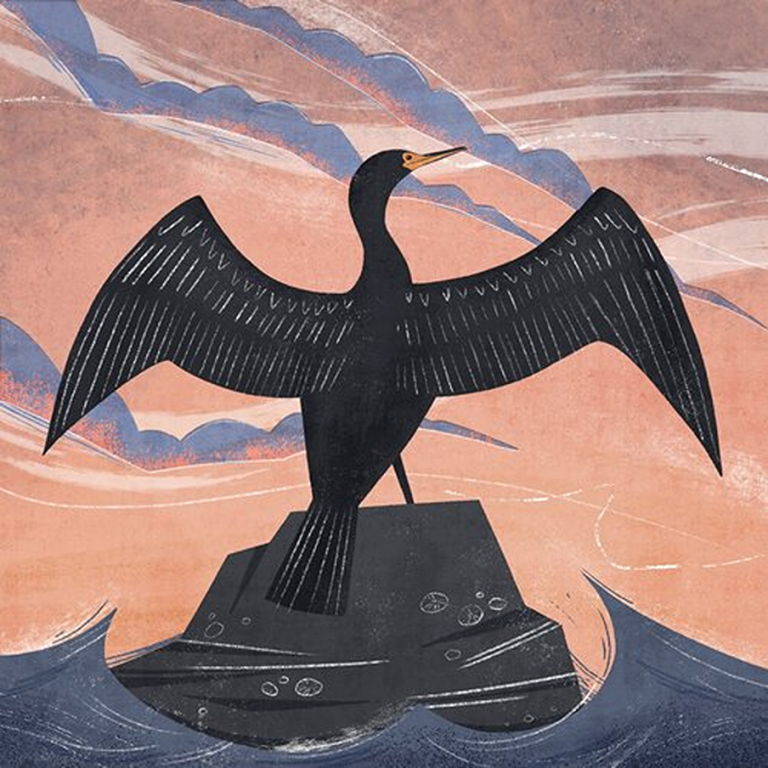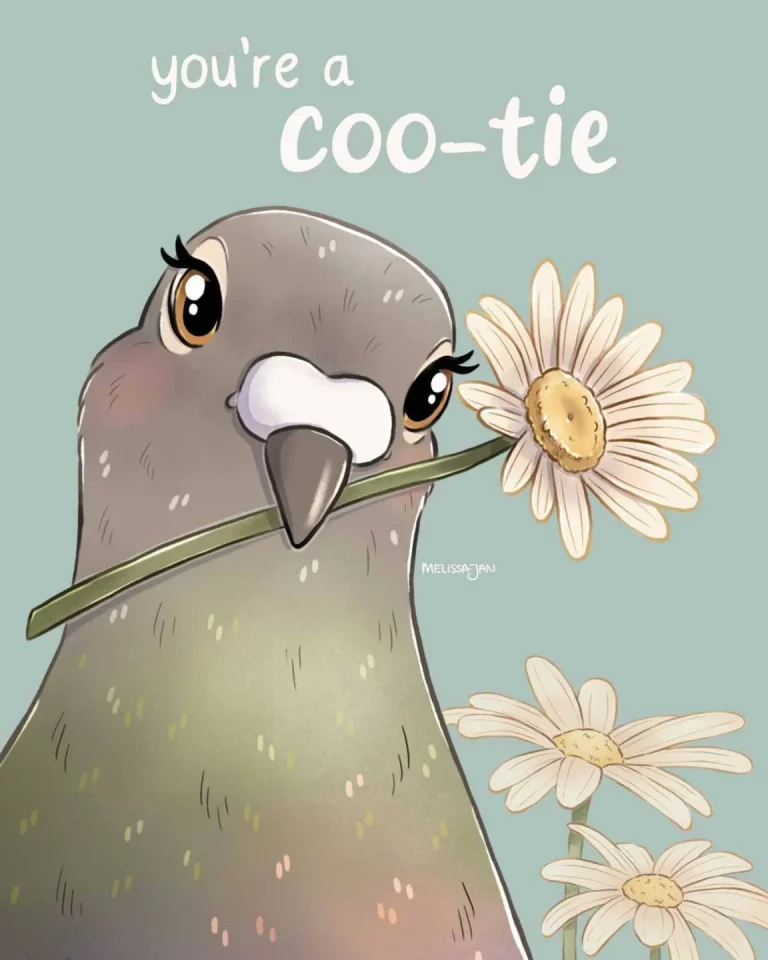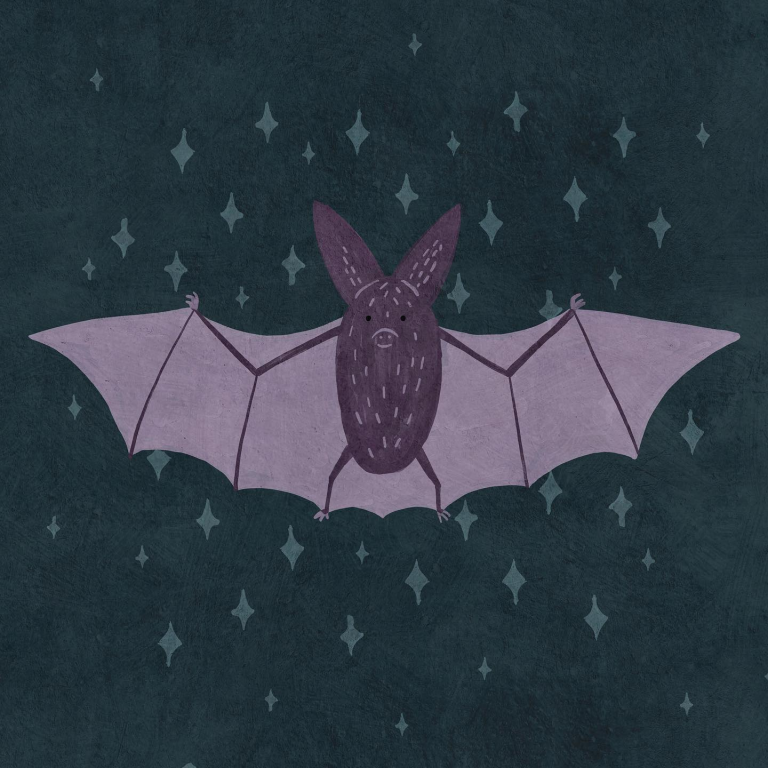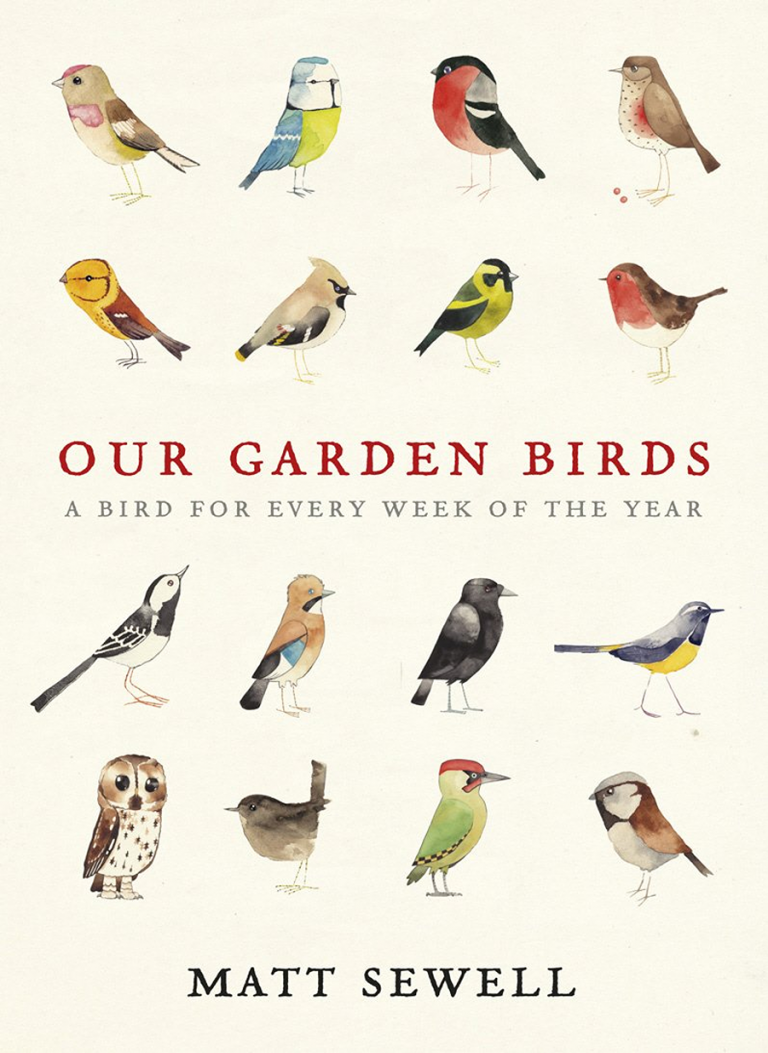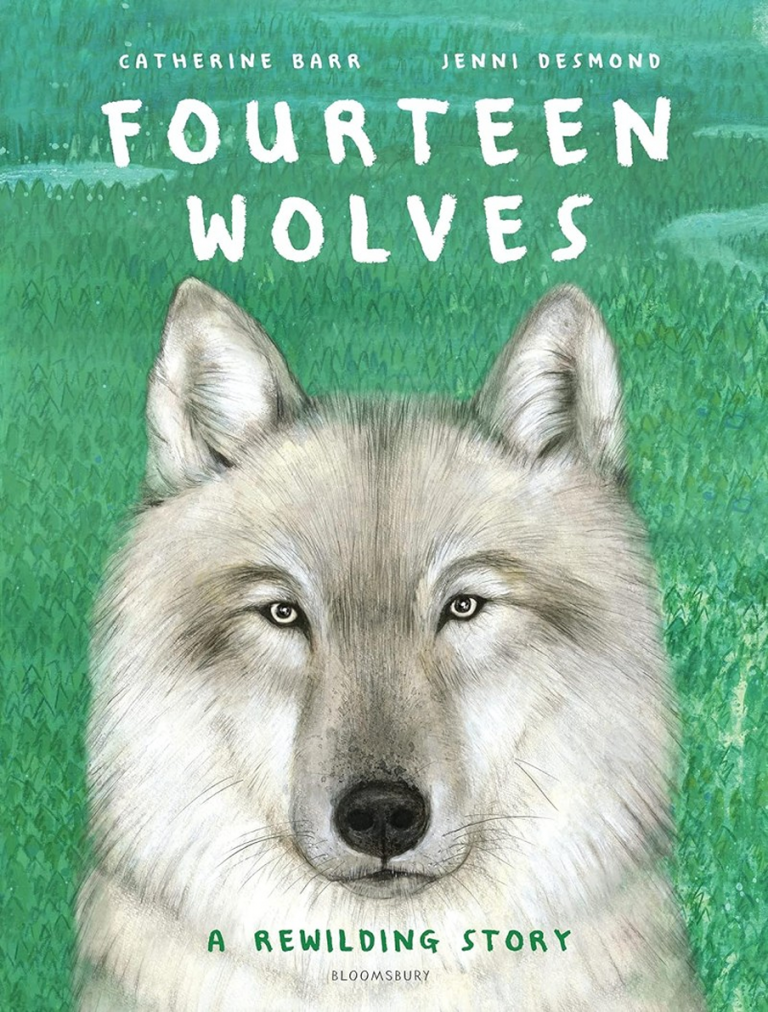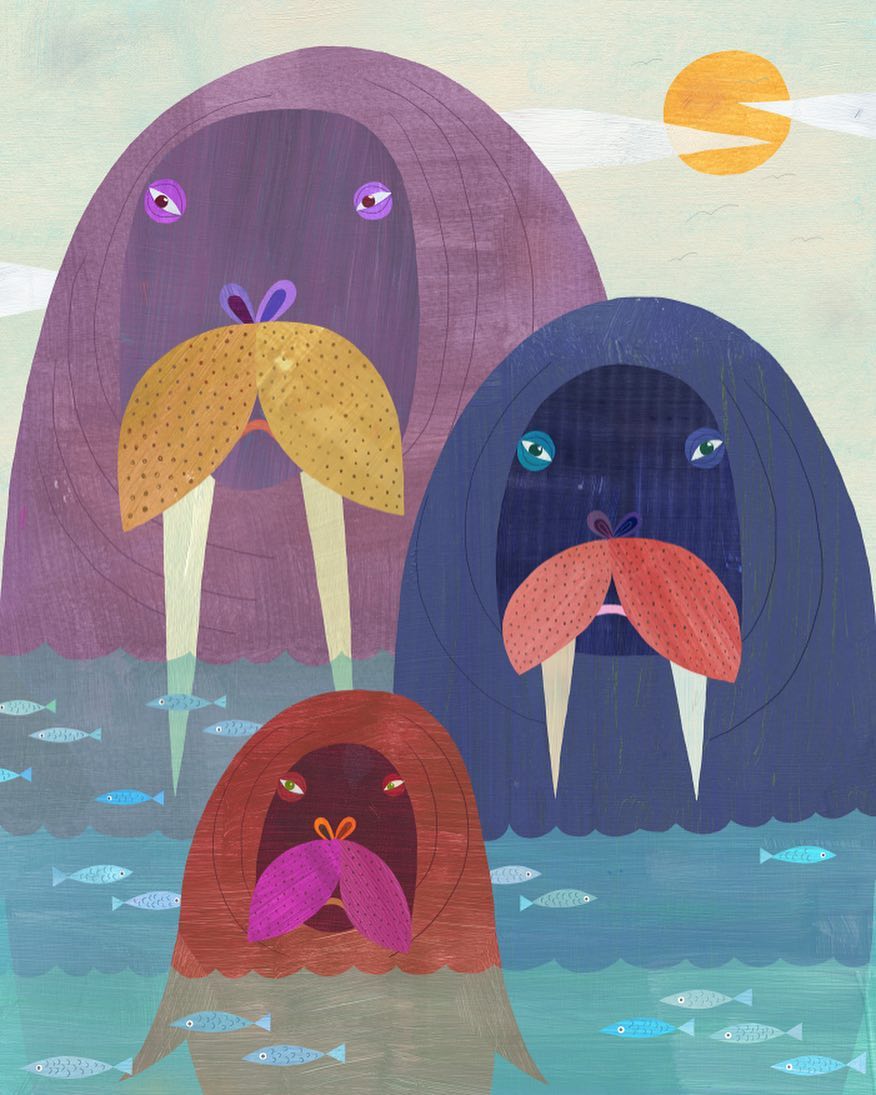
Parenting doesn’t come with a manual, but nature has plenty to show us. Animals have many ways to nurture, protect, and guide their young, often in ways that feel familiar.
From fierce lions to gentle elephants, these animal parents give us new ideas about care and responsibility. Here are some of the most striking parenting lessons humans can learn from creatures around the world.
Walruses: Shield Your Young From Home
Walrus parents are very protective, the females often forming a shield around young calves in the water. They don’t have human arms, so use their flippers to hold offspring close!
These gorgeous creatures even adopt orphans, for the same loving cuddly bond, if a young one has lost its natural parents. Walruses are so protective, they will even fight large predators like polar bears, to defend their young.
Cats: Teaching Independence Early
Domestic cats give their kittens room to explore. A mother cat lets her young roam, take risks, and stumble as they learn. She might watch from nearby but rarely intervenes unless trouble appears.
The lesson: sometimes stepping back gives children the space they need to grow stronger and more independent.
Lions: Stand Guard and Share Roles
Lions work together to provide for their young. Lionesses often team up, sharing feeding and protection duties with one another. While the mothers care for the cubs, the pride works as a group to defend against threats or bring home food.
This teamwork shows the value of group support, trust, and shared responsibility in raising children. Relying on a community often makes tough times easier.
Eagles: Pushing Young to Greater Heights
Eagle parents build strong, safe nests high above the ground. As eaglets mature, the parents encourage them to fly—even nudging them out when the time is right. This blend of guidance and gentle pressure helps young eagles gain strength and learn survival skills.
People can learn to support children with protection, then step back so they find their wings.
Beavers: Building a Better Future
Beaver families work side by side creating lodges and dams. Parents teach young beavers the skills needed to build safe homes and gather food. Through hard work and patience, the family shapes the environment together.
This hands-on learning by doing, where adults model and explain, builds strong foundations for the future.
Penguins: Partners in Care

Emperor penguins team up to raise their chicks in freezing parts of the planet. After the mother lays her egg, the father keeps it warm, often for months, while she returns to sea to feed.
Later, both parents share the work of feeding and keeping the chick safe. Shared roles and support teach the power of working together, even when conditions are tough.
Wolves: Raising Young Together
Wolf packs look after each pup as a group. Older siblings or “aunts” and “uncles” help the main pair by feeding, playing, and protecting the pups. This all-in approach means every young wolf gets attention and help from more than just the biological parents.
People see a model of extended family care and deep social bonds.
Elephants: Wisdom from the Herd
Female elephants form tight groups called herds, led by a matriarch. Mothers, aunts, and older siblings all pitch in to watch over new calves. If a young elephant wanders too far or needs comfort, any member will respond.
This shared approach means young elephants learn the rules, get guidance, and grow up surrounded by support and wisdom.
Whales & ORcas: Never Forget Your Mother!

Whales raise their young in matrilineal pods, so calves learn vital skills like communication and hunting. The mothers often push their calves to the surface to breathe, as whales have long periods of dependency. Even longer with orcas (killer whales) who stay with mum for the rest of their lives. Cute!
Albatross Chicks: Two Mums Work as a Team
In some albatross species, chicks are raised by two mothers. These pairs form strong bonds and share all parenting tasks. They keep the chick warm, feed it, and ward off threats. This cooperative parenting model shows that love and commitment, not just biology, can create a strong family unit.
Emu Single Dads: Taking the Lead
Male emus take parenting into their own hands. After the female lays her eggs, the male incubates them, rarely leaving the nest for weeks. Once the chicks hatch, dad leads them for months, teaching and protecting them until they’re ready on their own. He proves that dads play a key role in nurturing and guiding children.
What We Can Learn from Nature’s Mothers
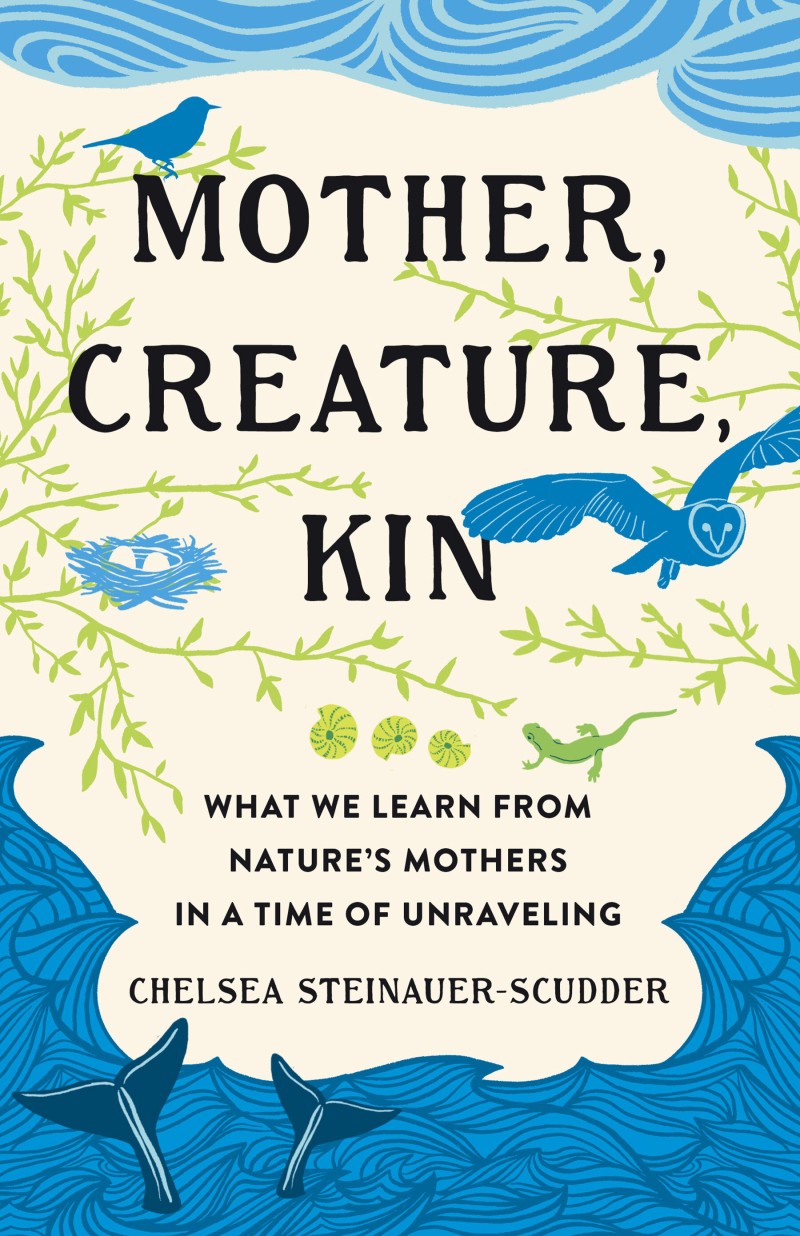
Mother, Creature, Kin is a series of essays about the natural world, asking what other-than-human creatures can teach us about mothering, belonging, caregiving, loss and resilience. What can be learn from the plants and creatures, who mother at the edges of their world’s unravelling?
Becoming a mother in this time, means bringing life into a world that appears to be coming undone. Drawing upon ecology, mythology and her own experiences as a new mother, the author confronts what it means to ‘mother’: to do the good work of being in service to the living world.
What if we could mother the places we live, and the beings with whom we share those places? And what if they also mother us?
In beautiful prose combined with a knowledge of ecology, she writes of the silent flight of barn owls, of nursing whales, of forests, tidal marshes, ancient single-sell organisms and newly-planted gardens.
I set out to write this book, because my daughter was born into a world that is unravelling. And because there are fewer than 350 North Atlantic right whales left. And because there are single-cell organisms dwelling in the peat of salt marshes that are utterly mysterious. And because that peat is, in many places, eroding away and washing out to sea.
Rooted in wonder while never shying away from loss, this book reaches toward a language of inclusive care learned from creatures living at the brink. Despair and fear will not save the world any more than they will raise our children, and while we don’t know what the future holds, we know it will need mothers.
This is a heartachingly beautiful, deeply life-altering book, one I will be placing into the hands of many mothers, creatures, and kin. There is grace here, and hope, and the light we need to guide us onward. A book for these times. Kerri ni´ Dochartaigh
The author invites us to understand mothering in a larger sense, as caring for all creatures – for birds and whales, trees and grasses, the entire web of life. Scott Russell Sanders
Chelsea Steinauer-Scudder has a masters of theological studies from Harvard Divinity School and has worked as a staff writer and editor for Emergence Magazine, a publication exploring the intersection of ecology, culture, and spirituality. She grew up in the Great Plains of Nebraska and Oklahoma, and now lives in New England, USA.
How Different Birds Raise their Families
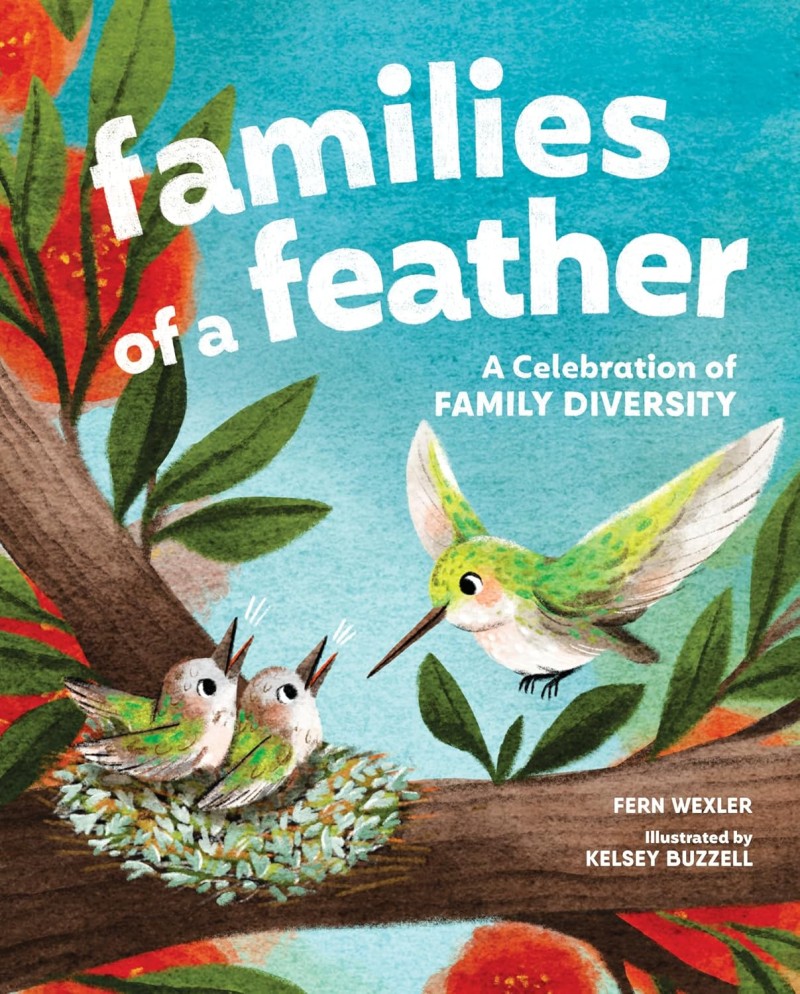
Families of a Feather is a wonderful unique read, on the ways that different birds read their families. Not only does it teach about birds, but could also do some good in preventing nasty stuff like homophobia (a good portion of beautiful swans are gay, with black swans often having two dads!)
Read our posts on how to create safe havens for birds and preventing bird strike.

